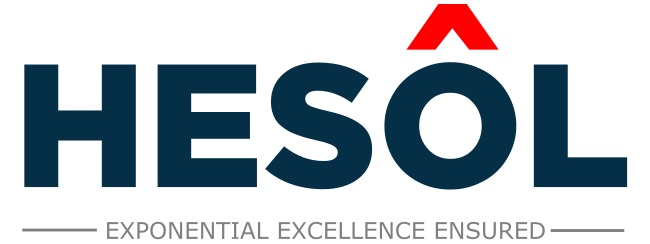- August 15, 2015
- Posted by: Hesol Consulting
- Categories: Industries, Supply Chain

Let’s start with an overview of the Automotive Industry. Automotive Industry is considered the key driver of growth of Indian Economy and it’s true globally too. It all started with the opening of markets on 1991 and marked the end to rule of ‘License Raj’. Wealth of text around these are already available on the internet and hence let’s directly see some interesting statistics.
The total domestic sales of India is around 18 Million Units and find below the trend in past years.

Another interesting statistics – 2 Wheelers dominate the Indian Market by more than two third and that put India the largest two wheeler market in the world.

Just a quick snapshot of the market share. We all know the market leader in the Four wheeler segment (Kitna Deti Hai). In two wheeler segment, Hero remains the true hero and in recent past Honda has really squeezed in to grab the spot#2. And if we analyse the production hubs in India, we will find 3 main clusters and Chennai is the main zone contributing to around 40%. With more facilities coming up in Oragadam, Chennai would be the leader in coming years. Chennai is followed by Chakan belt and Gurgaon-Manesar belt.
And if we analyse the production hubs in India, we will find 3 main clusters and Chennai is the main zone contributing to around 40%. With more facilities coming up in Oragadam, Chennai would be the leader in coming years. Chennai is followed by Chakan belt and Gurgaon-Manesar belt.

In an emerging Automotive Industry, there are two things which are Critical – (1)Government Intervention and (2) Optimized Supply Chain Management (SCM).
(1) Government Role – Government intervention is a key boost for any Industry; In India, we have enough lessons learnt in a harder way (Read about Indian Telecom Sector or the Soft Drinks Industry). If you see the development of automobile industry in China, Brazil, South Korea etc.., it will be very much evident the support from Government and nurturing at the earlier stages is a must for the industry to survive. Note: That’s why each one of us has a huge responsibility for selecting the right leader at the centre to keep our economy intact and one bad decision could lead to the collapse of the entire industry. But in my personal opinion, we can given all the credit to our government for handling our automotive industry fairly well.
(2) Optimal Supply Chain – is another key lever to attain Competitive advantage and any sub optimal usage of SCM can be so much devastating to the industry as well as the economy. Mid 1970s, Japanese revolutionized the industry with best supply chain practices and a new vision towards Lean and Quality & it took us decades to catch up on these principles. In this article, I have given an overview about the Automotive Supply Chain in the following sections:
Let’s see a typical ‘Automotive Supply Chain Model’.

In this overall supply chain, the most exciting and crucial part is Logistics. And to be more precise – it is the ‘In Plant Logistics’ which is so crucial. To give a background, In Plant Logistics covers – Parts Presentation, Storage, Handling, Point of Use (POU) Presentation, Line Feeding (JIT, Kanban, OSS, 2-Bin, Super Market etc). All these are covered under TPS (Toyota Production System) and predominantly used as reference and customized at most organizations and then used by replacing the ‘T’ like APS, CPS, EPS as so on…
About the Author and a Message from Author:
India-born, Alvis Lazarus is an ‘Award winning Business Consultant` with more than a Decade of experience in the field of Logistics, Supply Chain and Process Excellence. He has worked across multiple sectors – E-Commerce, Automotive, Mining, Retail, FMCG, Manufacturing, IT and HealthCare.
I will be writing about these TPS concepts and more about the Automotive Supply Chain in the upcoming articles. Stay connected at following links:
Facebook | Alvis Lazarus | Twitter
Write to me at Link
Read more blogs at www.hesol.co.in

